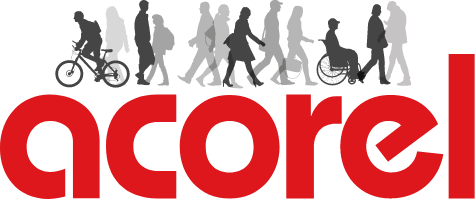In a context where resource management and reducing energy consumption have become major imperatives, IoT emerges as an innovative solution for optimizing public facilities. By combining device connectivity with advanced management systems, ERPs can not only reduce their ecological footprint but also enhance their operational efficiency.
IoT: Foundation of resource optimization
IoT is a technology that enables the collection and exchange of data via the internet, paving the way for intelligent resource management in establishments. Smart sensors can be installed to monitor various parameters such as temperature, lighting, energy consumption, and air quality.
Real-time consumption monitoring
One of the key advantages of IoT in ERPs is its ability to provide real-time monitoring of different resources such as electricity, water, gas, etc. Smart sensors are installed on equipment and infrastructure to collect precise data on their usage. For instance, water meter sensors can be installed on taps and toilets to monitor water consumption. This data enables ERP managers to identify inefficiencies and take immediate corrective measures.

Enhancing customer experience
Strategic use of IoT can also enhance the customer experience in ERPs. For example, sensors can be used to monitor queues and efficiently allocate resources to reduce waiting times. Similarly, monitoring air quality and temperature can ensure a comfortable environment for visitors.
Enhanced security
IoT devices also enhance security. Connected cameras and counting sensors can detect intrusions and incidents in real-time, enabling immediate response and swift intervention. Moreover, IoT-based surveillance systems can analyze behavioral patterns to identify potentially hazardous situations and prevent accidents before they occur.

Space optimization
IoT also offers opportunities for space and traffic optimization in ERPs. Counting sensors can be used to monitor crowd flow in different spaces, enabling managers to adjust equipment layout to maximize use of available space. Additionally, IoT navigation systems can efficiently guide visitors through buildings, enhancing user experience and reducing congestion.
Predictive maintenance
IoT also enables the implementation of predictive maintenance. Sensors can monitor the condition of equipment such as ventilation systems, detecting signs of impending failure. By identifying issues before they become critical, ERPs can schedule preventive maintenance interventions, thus avoiding costly interruptions and extending equipment lifespan.
For more information, click here
